About the Companion Website viii
Contributors ix
Preface to the First Edition xi
Preface to the Second Edition xiii
Preface to the Third Edition xv
Preface to the Fourth Edition xvii
1. Presurgical Considerations 3
Dean A. Hendrickson, DVM, MS, DACVS
Preoperative Evaluation of the Patient 3
Surgical Judgment 4
Principles of Asepsis and Antisepsis 4
Surgical Classifi cations 4
Role of Antibiotics 5
Preoperative Planning 5
Preparation of the Surgical Site 5
Postoperative Infection 6
References 6
2. Anesthesia and Fluid Therapy 7
Khursheed Mama, DVM, DACVA
Anesthesia 7
Fluid Therapy 23
References 29
3. Surgical Instruments 33
Dean A. Hendrickson, DVM, MS, DACVS
Use of Surgical Instruments 33
Preparation of Instruments 38
General Surgical Instruments 39
Instruments Used Specifi cally in Large Animal Surgery 52
4. Suture Materials and Needles 61
Dean A. Hendrickson, DVM, MS, DACVS
Suture Materials 61
Needles 67
References 69
5. Knots and Ligatures 71
Dean A. Hendrickson, DVM, MS, DACVS
Principles of Knot Tying 71
Ligatures 73
References 76
6. Suture Patterns 77
Dean A. Hendrickson, DVM, MS, DACVS
Basic Suture Patterns 77
Suture Patterns Used for Closure of Hollow Organs 83
Stent Bandages (Tie-Over Dressings) 88
Suture Patterns for Severed Tendons 88
References 91
7. Principles of Wound Management and the Use of Drains 93
Dean A. Hendrickson, DVM, MS, DACVS
Wound Management 93
Methods of Closure and Healing 96
Use of Drains 97
References 101
8. Reconstructive Surgery of Wounds 103
Dean A. Hendrickson, DVM, MS, DACVS
References 111
9. Equine Orthopedic Surgery 113
Dean A. Hendrickson, DVM, MS, DACVS
Medial Patellar Desmotomy 113
Lateral Digital Extensor Tenotomy 114
Inferior (Distal) Check Ligament Desmotomy 119
Superior Check Ligament Desmotomy (After Bramlage) 122
Superficial Digital Flexor Tenotomy 124
Deep Digital Flexor Tenotomy 126
Sectioning of the Palmar (or Plantar) Annular Ligament of the Fetlock 127
Palmar Digital Neurectomy 129
Amputation of the Splint (II and IV Metacarpal and Metatarsal) Bones 131
Arthrotomy of the Fetlock Joint and Removal of an Apical Sesamoid Chip Fracture 134
References 136
10. Equine Urogenital Surgery 139
Dean A. Hendrickson, DVM, MS, DACVS
Castration 139
Cryptorchidectomy by the Inguinal, Parainguinal, and Flank Approach 152
Laparoscopic Cryptorchidectomy 155
Caslick’s Operation for Pneumovagina in the Mare 156
Urethroplasty by Caudal Relocation of the Transverse Fold 159
Cesarean Section in the Mare 160
Circumcision of the Penis (Reefing) 164
Amputation of the Penis 166
Aanes’ Method of Repair of Third-Degree Perineal Laceration 169
References 174
11. Surgery of the Equine Upper Respiratory Tract 177
Dean A. Hendrickson, DVM, MS, DACVS
Tracheostomy 177
Laryngotomy, Laryngeal Ventriculectomy, and Ventriculocordectomy 179
Partial Resection of the Soft Palate 183
Surgical Entry and Drainage of the Guttural Pouches 186
References 189
12. Equine Dental and Gastrointestinal Surgery 191
Dean A. Hendrickson, DVM, MS, DACVS
Repulsion of Cheek Teeth 191
Ventral Midline Laparotomy and Abdominal Exploration 196
Standing Flank Laparotomy 202
Umbilical Herniorrhaphy in the Foal 207
References 210
13. Bovine Gastrointestinal Surgery 211
A. N. Baird, DVM, MS, DACVS
Principles of Laparotomy 211
Flank Laparotomy and Abdominal Exploration 212
Rumenotomy 215
Rumenostomy (Rumenal Fistulation) 219
Surgical Corrections of Abomasal Displacements and Torsion 221
Surgical Correction of Cecal Dilatation/Volvulus 231
Small Intestinal Resection and Anastomosis 231
References 232
14. Bovine Urogenital Surgery 235
A. N. Baird, DVM, MS, DACVS
Calf Castration 235
Urethrostomy 236
Hematoma Evacuation of the Bovine Penis 241
Preputial Resection and Anastomosis in the Bull 245
Surgical Techniques for Teaser Bull Preparation 248
Inguinal Herniorrhaphy in the Mature Bull 252
Unilateral Castration 257
Cesarean Section in the Cow 258
Retention Suturing of the Bovine Vulva (Buhner’s Method) 265
Cervicopexy for Vaginal Prolapse (after Winkler) 266
References 270
15. Bovine General Surgery 273
A. N. Baird, DVM, MS, DACVS
Digit Amputation 273
Digit Amputation via Disarticulation 274
Eye Enucleation 276
Cosmetic Dehorning 277
Rib Resection and Pericardiotomy 280
Repair of Teat Lacerations 283
Third Eyelid Resection 288
Tracheotomy 288
Umbilical Surgery 289
References 290
16. Small Ruminant Surgery 293
A. N. Baird, DVM, MS, DACVS
Dehorning the Mature Goat 293
Disbudding the Young Goat 295
Obstructive Urolithiasis 296
Mastectomy 297
Vasectomy 298
Cesarean Section 299
Rectal Prolapse Resection in Small Ruminants 300
References 301
17. Camelid Surgery 303
A. N. Baird, DVM, MS, DACVS
Castration of the Llama 303
Cesarean Section in the Camelid 304
Tooth Removal in the Llama 305
References 309
18. Swine Surgery 311
A. N. Baird, DVM, MS, DACVS
Castration of the Piglet 311
Inguinal Herniorrhaphy in the Piglet 312
Cryptorchid Castration of Piglets 314
Preputial Diverticulum Ablation 316
Cesarean Section in the Sow 317
Ovariohysterectomy in the Pot-Bellied Pig 319
Rectal Prolapse Ring Placement 319
References 320
Index 323
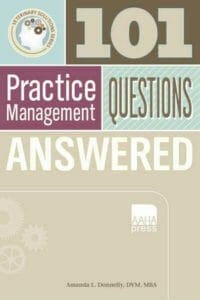

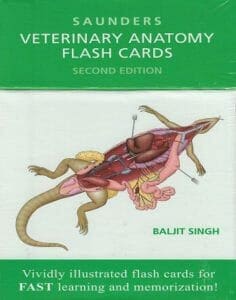

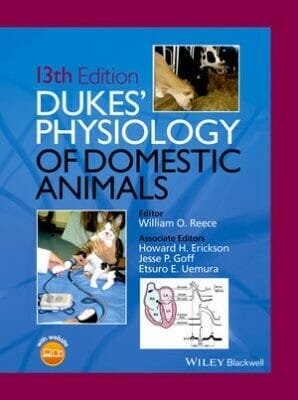

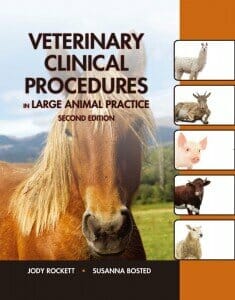
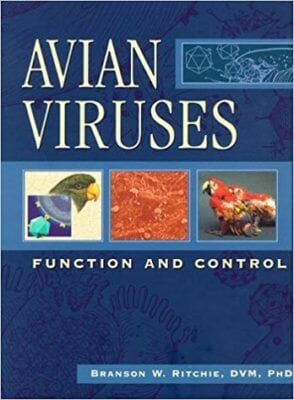
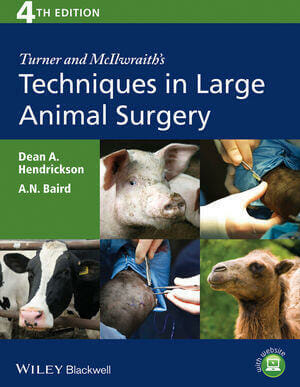
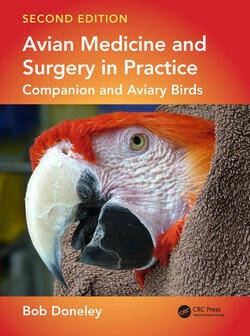
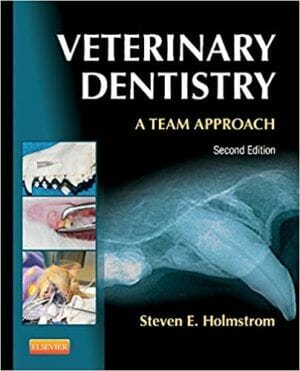
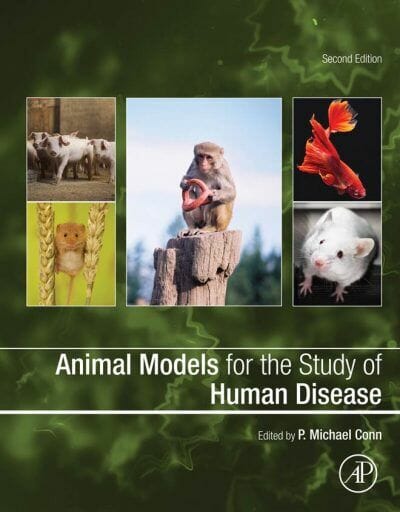












![Ettinger’s Textbook of Veterinary Internal Medicine 9th Edition [PDF+Videos] Ettinger’s Textbook of Veterinary Internal Medicine 9th Edition [True PDF+Videos]](https://www.vet-ebooks.com/wp-content/uploads/2024/10/ettingers-textbook-of-veterinary-internal-medicine-9th-edition-100x70.jpg)





